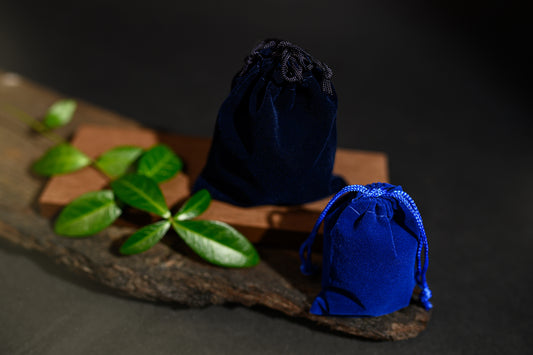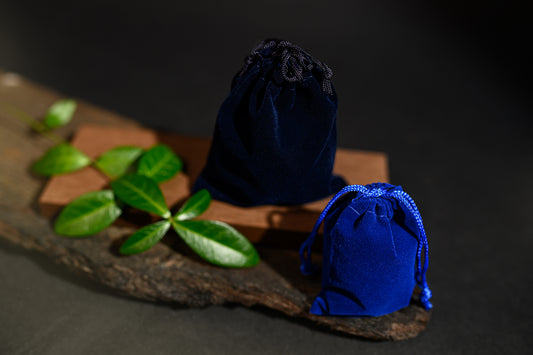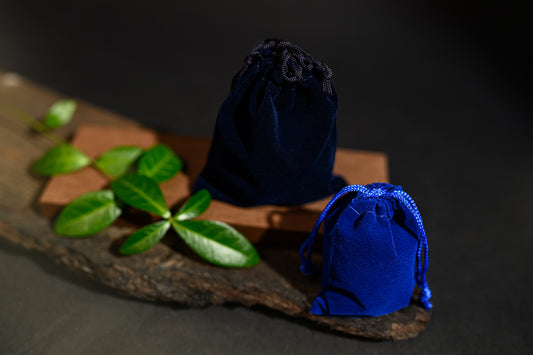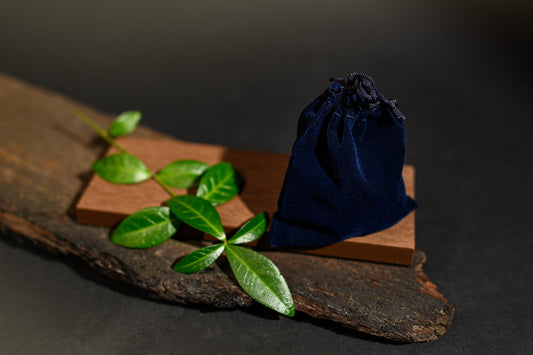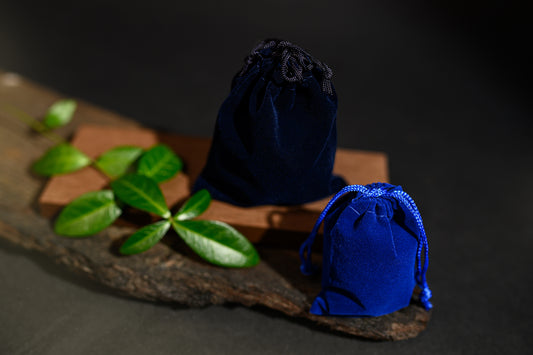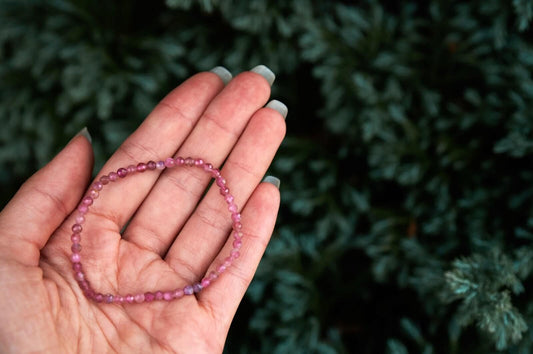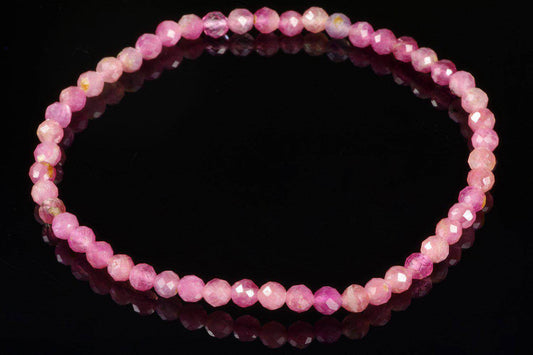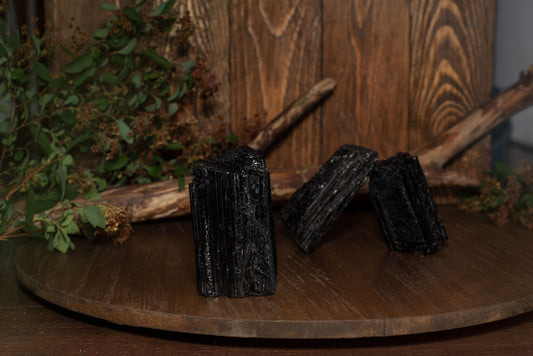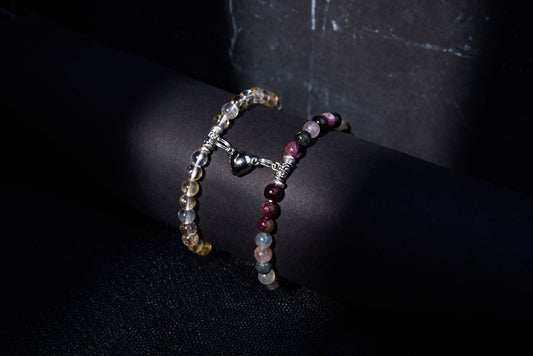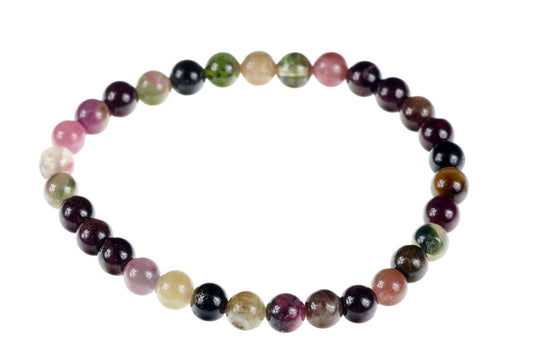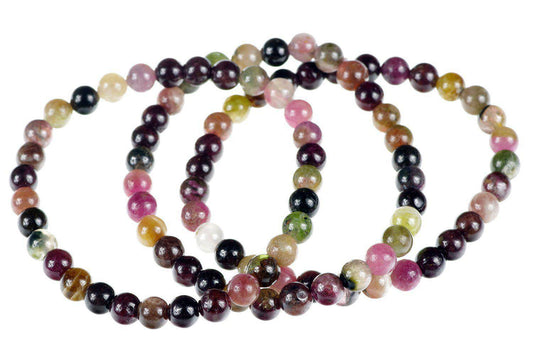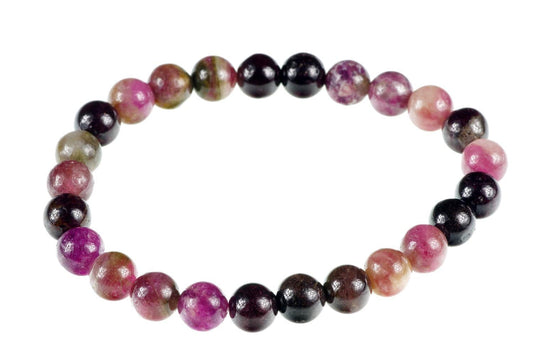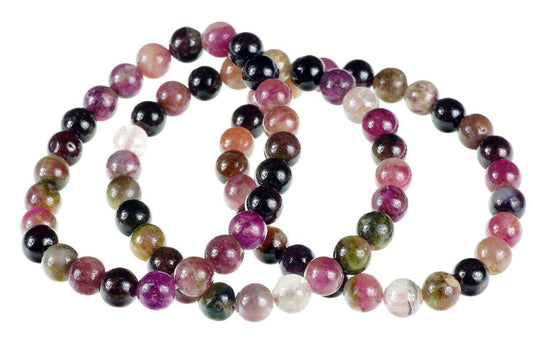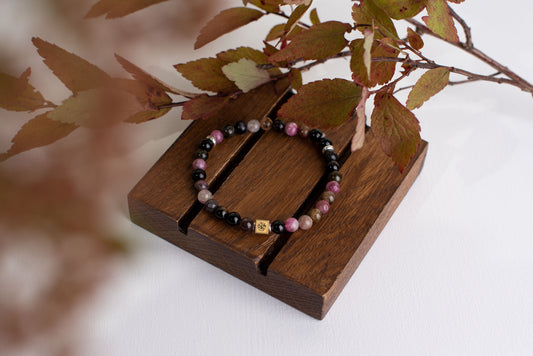Collection: Tourmaline
Tourmaline comes in a spectacular array of colors—from jet black to pastel pink—making it one of the most diverse gemstone families on the planet. Found in igneous and metamorphic rocks globally, Tourmaline’s crystal columns can display vivid transparency or remain more opaque. Its range of hues and internal striations draw a loyal following among collectors and spiritual enthusiasts alike.
Key Features & Formation
- Colorful Variety: Distinct elements yield shades like green (Verdelite), pink (Rubellite), or black (Schorl).
- Dynamic Growth: Often grows in elongated prismatic rods with vertical striations.
Metaphysical Properties
- Protective Shield: Many believe Tourmaline wards off negativity.
- Chakra Alignment: Each color resonates with different energy centers.
- Emotional Harmony: Helps stabilize shifting moods or swirling thoughts.
Spiritual Benefits
- Daily Support: Encourages balanced perspective throughout life’s ups and downs.
- Versatile Use: One family of crystals can address multiple energetic needs.
Whether you collect an entire color spectrum or hold tight to a single shade, Tourmaline offers something for every seeker. Its adaptable nature mirrors life’s shifting tapestry, gently promoting resilience and an open heart.

-
Crystal Pouch for Exploring the Unknown
Regular price €34.99 EURRegular priceUnit price / per -
Crystal pouch for Gemini
Regular price €31.99 EURRegular priceUnit price / per -
Crystal Pouch for Healing and Restoration
Regular price €24.99 EURRegular priceUnit price / per -
Crystal Pouch for Magic and Manifestation
Regular price €26.99 EURRegular priceUnit price / per -
Crystal Pouch for Protection and Grounding
Regular price €33.99 EURRegular priceUnit price / per -
Rubellite bracelet – 3-4mm
Regular price €49.99 EURRegular priceUnit price / per -
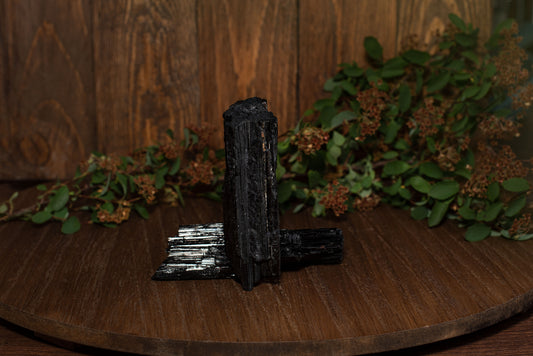 Sold out
Sold outTourmaline – 0.1- 0.3kg
Regular price €27.99 EURRegular priceUnit price / per -
Tourmaline – 0.3-0.6 kg
Regular price €54.99 EURRegular priceUnit price / per -
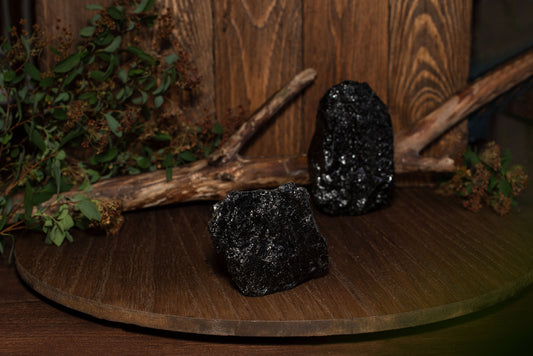 Sold out
Sold outTourmaline – ~0,5kg
Regular price €54.99 EURRegular priceUnit price / per -
Tourmaline bracelet – 925 silver - 6mm
Regular price €56.99 EURRegular priceUnit price / per -
 Sold out
Sold outTourmaline Earrings - Paw Charm
Regular price €39.99 EURRegular priceUnit price / per -
Tourmaline multi-color bracelet with silver – Bonding with the heart
Regular price €99.99 EURRegular priceUnit price / per -
Tourmaline multi-color bracelet – 6mm
Regular price €59.99 EURRegular priceUnit price / per -
Tourmaline multi-color bracelet – 8mm
Regular price €79.99 EURRegular priceUnit price / per -
Tourmaline multi-color bracelet – 925 silver - 6mm
Regular price €89.99 EURRegular priceUnit price / per -
Tourmaline multi-color bracelet – 925 silver - 8mm
Regular price €99.99 EURRegular priceUnit price / per



